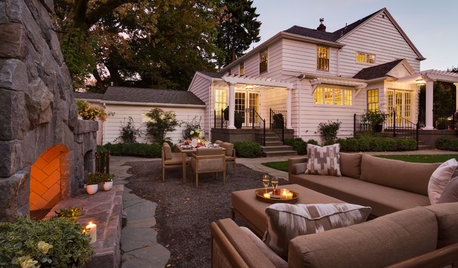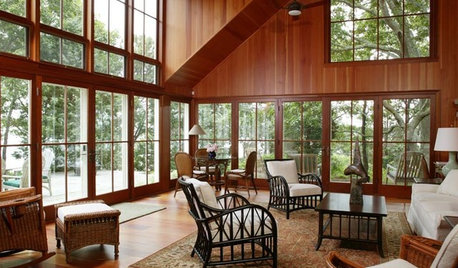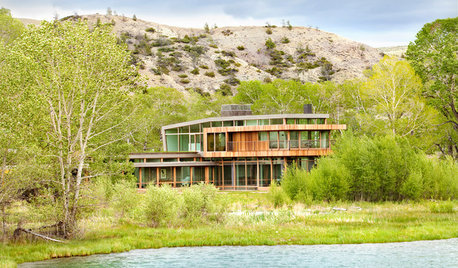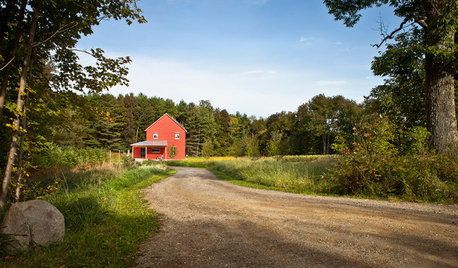Topographical survey in flood plain?
michael_in_chicago
13 years ago
Related Stories

GARDENING AND LANDSCAPINGHouzz Survey: See What Homeowners Are Doing With Their Landscapes Now
Homeowners are busy putting in low-maintenance landscapes designed for outdoor living, according to the 2015 Houzz landscaping survey
Full Story
INSIDE HOUZZHouzz Survey: See the Latest Benchmarks on Remodeling Costs and More
The annual Houzz & Home survey reveals what you can expect to pay for a renovation project and how long it may take
Full Story
INSIDE HOUZZThere’s a Party in the Backyard, Says a Houzz Landscaping Survey
Entertaining, growing edibles and solving problems are goals for homeowners planning to revamp their yards
Full Story
ARCHITECTUREWant to Live by the Water? What You Need to Know
Waterside homes can have amazing charm, but you'll have to weather design restrictions, codes and surveys
Full Story
HOUSEKEEPINGHow to Clean Hardwood Floors
Gleaming wood floors are a thing of beauty. Find out how to keep them that way
Full Story
SAVING WATERHouzz Call: Are You Letting Go of Your Lawn?
Many facing a drought are swapping turf for less thirsty plantings. If you’re one of them, we’d like to hear about it
Full Story
CONTEMPORARY HOMESHouzz Tour: A Big Sky Country House Embraces Wide-Open Views
Generous glass opens this Montana home to the rugged scenery, while wood keeps the look warm and inviting
Full Story
THE ART OF ARCHITECTUREFinding the Perfect Home for a New House
Sun, soil, water, topography and more offer important cues to siting your house on the land
Full Story
LIFE7 Tips to Get With a New Minimalist Mentality
Feeling overwhelmed by your stuff? Here's how to pare down, simplify and keep just what you need and love at home
Full Story
LIFEHard Winter? 9 Ways to Battle Cabin Fever
We know a lot of you are trapped where it just won’t stop snowing. Here are some ways to survive
Full Story








Carol_from_ny
larke
Related Professionals
Palos Verdes Estates Architects & Building Designers · Arlington General Contractors · Cedar Hill General Contractors · Country Walk General Contractors · DeRidder General Contractors · Fargo General Contractors · Fort Salonga General Contractors · Jacksonville General Contractors · Ken Caryl General Contractors · New Bern General Contractors · Newington General Contractors · Norristown General Contractors · Tuckahoe General Contractors · Travilah General Contractors · Cudahy Home Stagerscreek_side
cordovamom
brickeyee
computerklutz
terezosa / terriks
qdwag
sweet_tea
riverspots
work_in_progress_08
berniek
qdwag
kathyg_in_mi
brickeyee
work_in_progress_08
qdwag
brickeyee
riverspots
loves2read